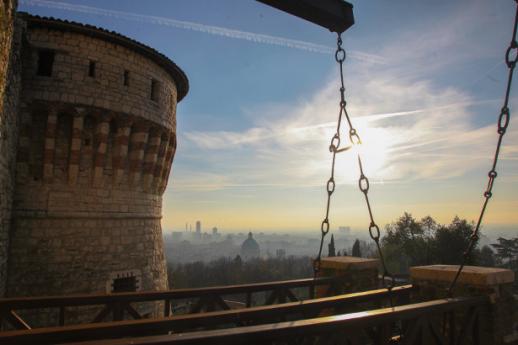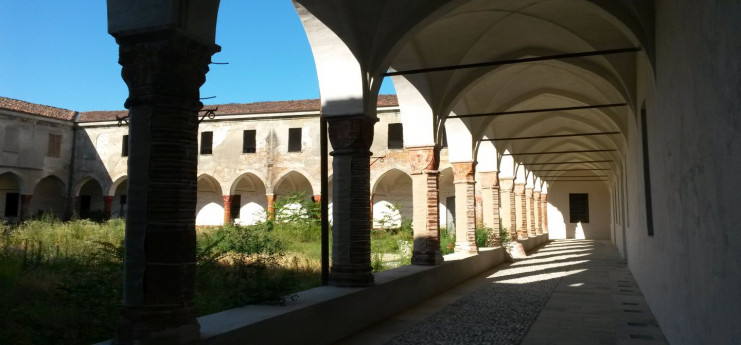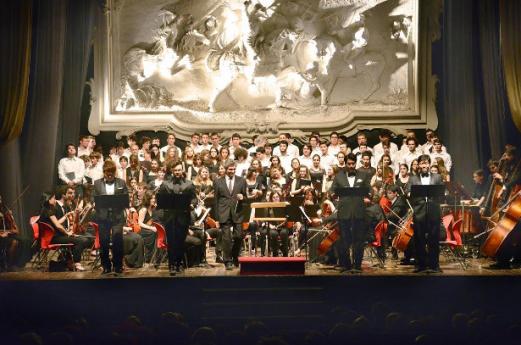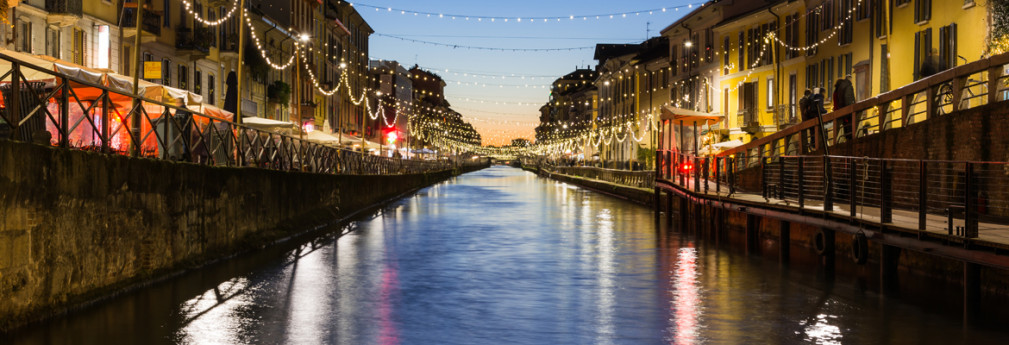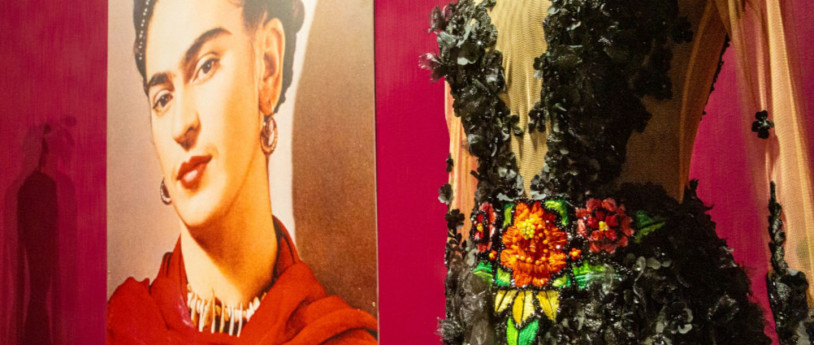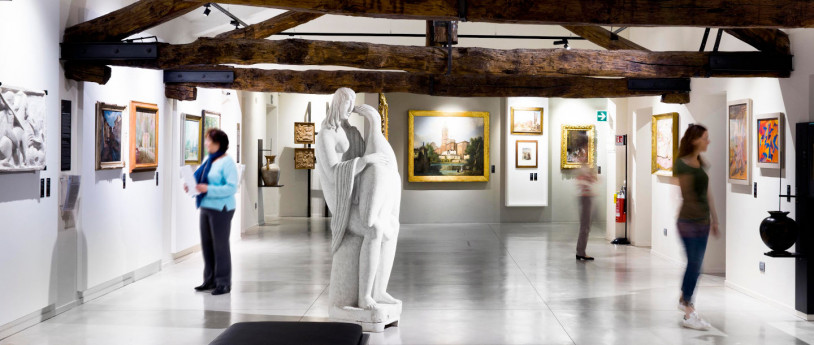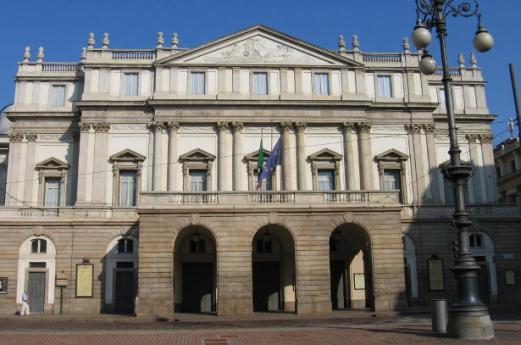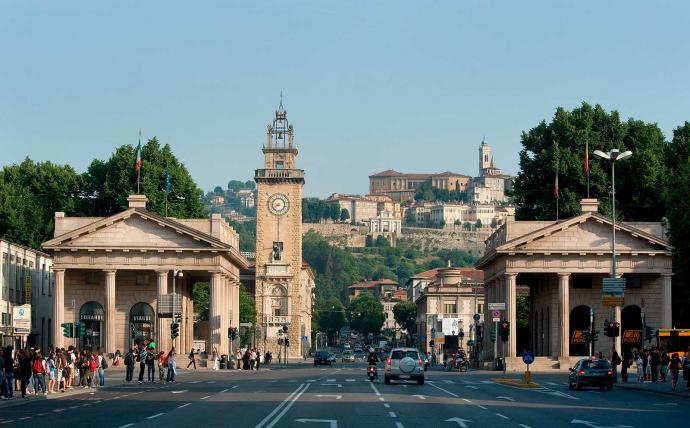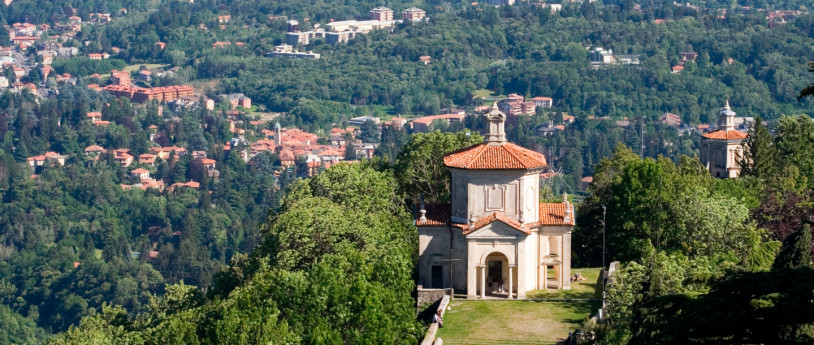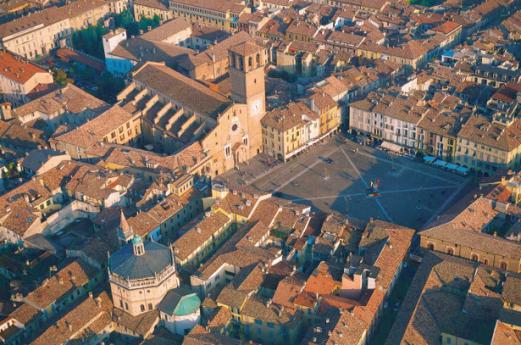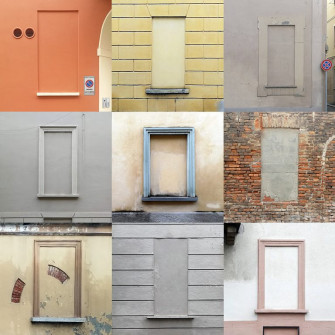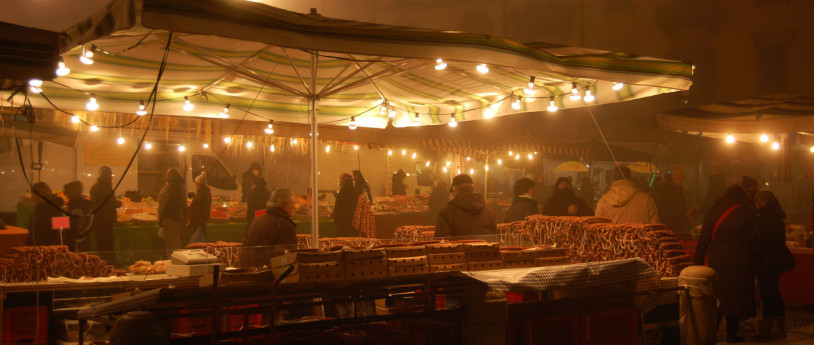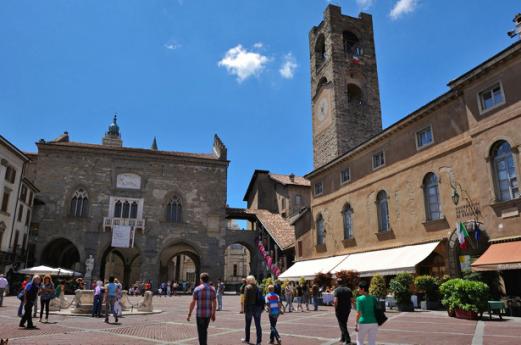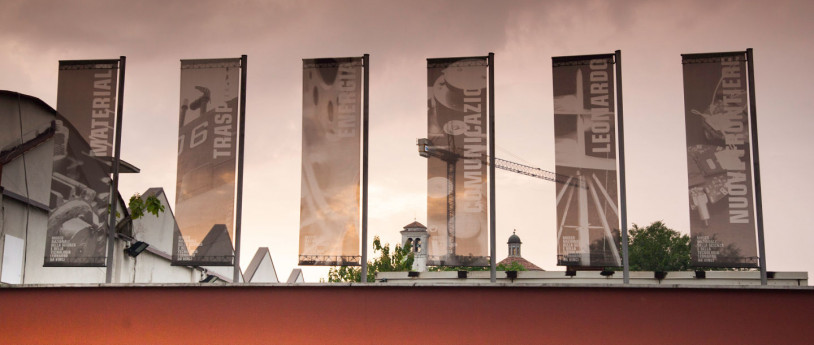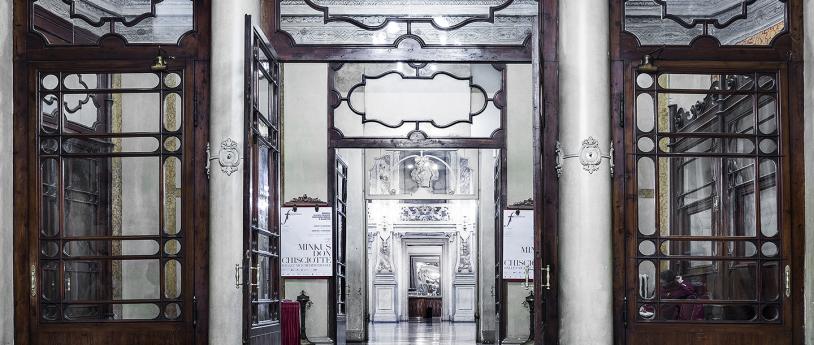- Art & Culture
- Lifestyle
Mario Baciocchi's footprints in Milan
Agreat architect, originally from Emilia, Mario Baciocchi was a professional urban planner of the early 1900s (1902 -1974) and worked extensively for the city of Milan where his works are still clearly visible today.
He graduated from the Politecnico in 1925 and was a student of master Portaluppi. In the 1930s Milan was under regime and there were important interventions in which Mario Baciocchi also participated, such as the competition for the Arengario and Piazza Diaz, and in 1938 he built the party headquarters for the Porta Volta district group, now the Customs building, on Via Ceresio. Then, at the corner with Via Locatelli he built the first skyscraper tower in Piazza Fiume, for us Piazza della Repubblica, between 1936 and 1939.
The style of these buildings represent modernist essentiality with classical monumentality typical of the 20th century.
In 1939, during a dinner, Baciocchi met Don Luigi Orione and designed for him, without compensation, the Cottolengo headquarters on Via Caterina da Forlì. This friendship brought him many other works in the Catholic and political spheres including the churches of the Immaculate Conception in Piazza Frattini in 1952, St. Angela Merici in 1951 on Via Cagliero, and St. Ignatius of Loyola on Via Feltre in 1962.
Heading the Committee for the New Churches of the Diocese in those years was Enrico Mattei, and a relationship of esteem and trust was born between the two right away. In 1951 Mattei commissioned Baciocchi himself to invent the Agip-Eni company town along the Via Emilia. Meanwhile, he was also entrusted with the design of the national network of Agip service stations. Especially noteworthy is the 1952 gas station at Piazzale Accursio corner of Viale Certosa, which was abandoned in the 1980s and later turned into a restaurant in 2017.
Even today in Milan the works of this great architect, who certainly made a strong contribution to the city of Milan, are clearly visible.

